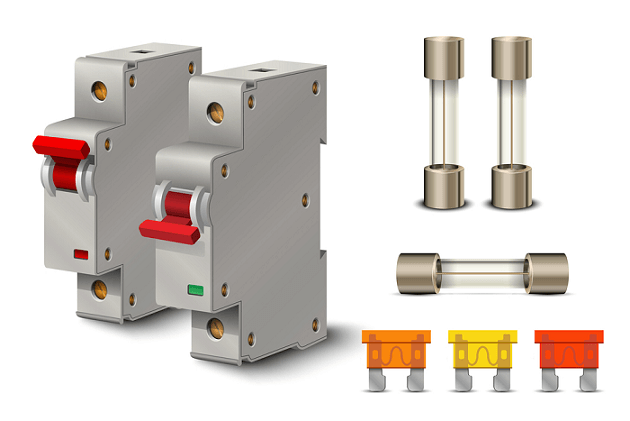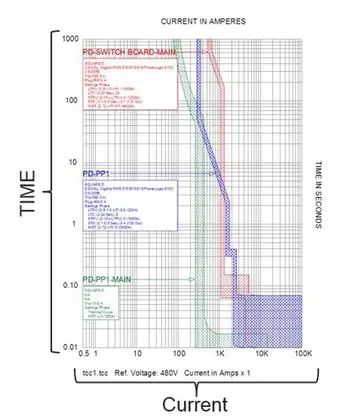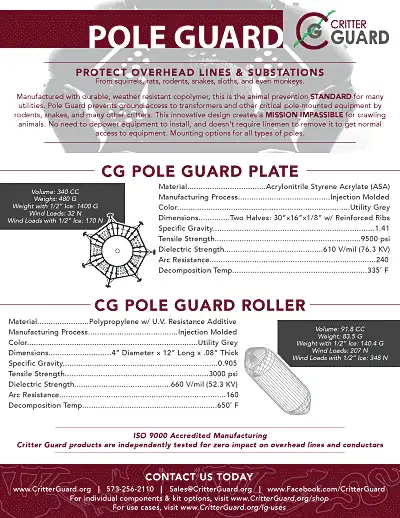8A and 10A Fuses in Parallel - Not Recommended

Short Circuit Study & Protective Device Coordination
Our customized live online or in‑person group training can be delivered to your staff at your location.

- Live Online
- 12 hours Instructor-led
- Group Training Available
Download Our OSHA 4475 Fact Sheet – Being Aware of Arc Flash Hazards

- Identify root causes of arc flash incidents and contributing conditions
- Apply prevention strategies including LOTO, PPE, and testing protocols
- Understand OSHA requirements for training and equipment maintenance
8A and 10A Fuses in Parallel can misbehave in circuit protection; unequal resistance skews load sharing and I2t. Learn wiring risks, overcurrent faults, safety implications, NEC guidance, and proper single-fuse sizing alternatives.
What Are 8A and 10A Fuses in Parallel?
A risky parallel connection where dissimilar fuse ratings share current unevenly, undermining coordination and safety.
✅ Current sharing is unpredictable; one fuse may hog and fail first.
✅ Violates coordination; consult NEC/IEC, use a single correctly sized fuse.
✅ Prefer uprated fuse or breaker; avoid paralleling dissimilar ratings.
Connecting 8A and 10A fuses in parallel is a practice that raises many questions about safety and performance in electrical systems. While fuses are designed to protect circuits from overcurrent, mixing different ratings in parallel can lead to uneven current distribution, unreliable protection, and potential safety hazards. This article explores the implications of using fuses with different ratings, such as 8A and 10A, in parallel circuits and offers guidance on proper sizing to ensure safe and efficient operation. Understanding the risks and correct use of fuses is essential for maintaining a reliable electrical system. Professionals can benefit from targeted electrical training to better understand fuse coordination and safe design practices.
In electrical circuits, fuses serve as protection devices, safeguarding equipment and wiring from overcurrent situations that can lead to damage or fires. While fuses are typically sized appropriately for a circuit, there are instances where different fuses, such as 8A fuse and 10A fuse, may be connected in parallel. However, this practice raises several important questions about safety and performance. This article will explore the implications of connecting 8A and 10A fuses in parallel and provide insights into the risks involved. When assessing proposed configurations, an electrical load calculator can help estimate currents and diversity factors for realistic comparisons.
Sign Up for Electricity Forum’s Electrical Engineering Newsletter
Stay informed with our FREE Electrical Engineering Newsletter — get the latest news, breakthrough technologies, and expert insights, delivered straight to your inbox.
What Happens When 8A and 10A Fuses Are Connected in Parallel?
When an 8A fuse and a 10A fuse are connected in parallel, the current flowing through the circuit will be split between them based on their individual resistance and ratings. Ideally, the total current would be divided in a way that neither fuse exceeds its rated capacity. However, in practice, the 10A fuse will likely carry a larger portion of the current due to its higher rating. This imbalance can lead to premature failure of one fuse before the other, causing unreliable protection for the overall circuit. Accurate fault studies that leverage short-circuit current calculation methods provide crucial context for selecting protective devices.
Is It Safe to Connect 8A and 10A Fuses in Parallel?
It is generally not considered safe to connect fuses of different ratings in parallel. When different-rated fuses are used in the same circuit, one fuse (typically the lower-rated one) is more likely to blow first during an overcurrent event. This can leave the circuit partially protected, as the remaining fuse may continue to allow current through, potentially exceeding safe levels. For this reason, it is always recommended to use fuses of the same rating in parallel circuits to ensure consistent and reliable protection. This risk is exacerbated if devices bridge phases improperly, making knowledge of a phase-to-phase connection essential for avoiding dangerous misapplications.
How Do Fuses Share Current When 8A and 10A Fuses Are in Parallel?
In a parallel setup, the 8A fuse and the 10A fuse share current according to their individual capacities. Because the 10A fuse is rated for a higher current, it will carry more load than the 8A fuse. This uneven distribution of current can result in the 8A fuse blowing under conditions that the 10A fuse would still be able to tolerate. As a result, the circuit could become unbalanced, leading to potential risks of overheating or equipment damage. Engineers often cross-check current levels using a practical 480-volt power and current formula to validate loading assumptions under typical operating conditions.
Why Is It Not Recommended to Use Fuses of Different Ratings in Parallel Circuits?
Using fuses with different ratings, such as 8A and 10A fuses, in parallel circuits is not recommended because it compromises the protection of the electrical system. Since the fuses blow at different thresholds, the lower-rated 8A fuse will blow first, potentially leaving the 10A fuse to handle the remaining current. This scenario could lead to an unsafe condition where the system is inadequately protected from further overcurrent. Furthermore, relying on mismatched fuses increases the risk of equipment damage and failure, as the protection will not be evenly distributed. Selecting comparable devices also depends on understanding rated system values, so the ability to read nominal voltage correctly helps keep components within their intended duty.
What Is the Correct Way to Size Fuses for Parallel Circuits?
The correct approach to sizing fuses for parallel circuits is to ensure that all fuses have the same rating and capacity. This guarantees that the current is evenly shared between the fuses and that all components are protected uniformly in case of an overcurrent situation. In the case of parallel circuits, both 8A fuses or both 10A fuses should be used, rather than mixing them. Properly sized fuses ensure that the entire system operates safely and that the circuit is adequately protected from faults or overloads. For many small installations, especially those on single-phase services, reviewing the basics of single-phase power clarifies how currents split and why matched protection is critical.
In summary, connecting 8A and 10A fuses in parallel is not advisable due to the uneven current distribution and potential safety hazards. It is important to ensure that all fuses used in parallel circuits have the same rating to provide consistent and reliable protection. By following proper sizing and selection guidelines, you can maintain a safer and more efficient electrical system.
Electricity Today T&D Magazine Subscribe for FREE

- Timely insights from industry experts
- Practical solutions T&D engineers
- Free access to every issue







